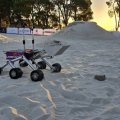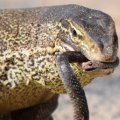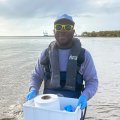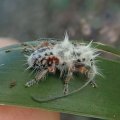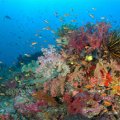Scientists from The University of Queensland's School of Biological Sciences have developed a simplified, cheaper, all-purpose method they say can be used by scientists around the globe to more easily count the blind worms (Caenorhabditis elegans or C.elegans).
The method known as WormScan (a high-throughput image acquisition system) can be used in a wide range of additional C.elegans studies including lifespan determination, development, pathology and behaviour.
Mr Neal Mathew, who is studying his PhD under the supervision of Associate Professor Paul Ebert said that the novel method requires no more than a flatbed scanner and improves counting rates and accuracy with nearly 100% efficiency.
The same results can only be replicated by using an expensive flow cytometer, but with a purchase price of around k, such equipment is out of reach for most science departments.
"There are four main phenotypes that are assessed in whole organism studies of Caenorhabditis elegans; mortality, movement, fecundity and size," Mr Neal Mathew said.
By eliminating hours spent in front of the microscope, the procedure increases by order of magnitude the number of experiments a researcher can do in a given amount of time. This allows for high throughput screening of candidate drugs that improve the quality of life in old age.
"WormScan uses light stimulus from the scanner instead of a physical stimulus from a worm pick to induce movement. With two sequential scans it is possible to quantify the response," said Mr Mark Mathew, who is completing a Master of Philosophy in Associate Professor Ebert's laboratory alongside his brother Neal.
"Even though we have focused on demonstrating the usefulness of WormScan in toxicology, it can be used in a wide range of additional C.elegans studies including lifespan determination, development, pathology and behaviour. We have even adapted the method to study other species of similar dimensions," Mr Mark Mathew said.
Associate Professor Ebert said he anticipates WormScan to gather interest outside of the University.
"WormScan should appeal to companies who focus on natural products to enhance health and fitness as well as drugs used to treat diseases associated with old age, such as diabetes, Alzheimer's and cancer."
Associate Professor Ebert said that the software package they have developed is freely available for use or modification by other research groups. It may be accessed through the research paper.
Media: Associate Professor Paul Ebert (3365 2973, p.ebert@uq.edu.au) or Mark Mathew (0402 904 818, mark.mathew@uqconnect.edu.au) or Neal Matthew (0418 196 385, n.mathew@uq.edu.au)



